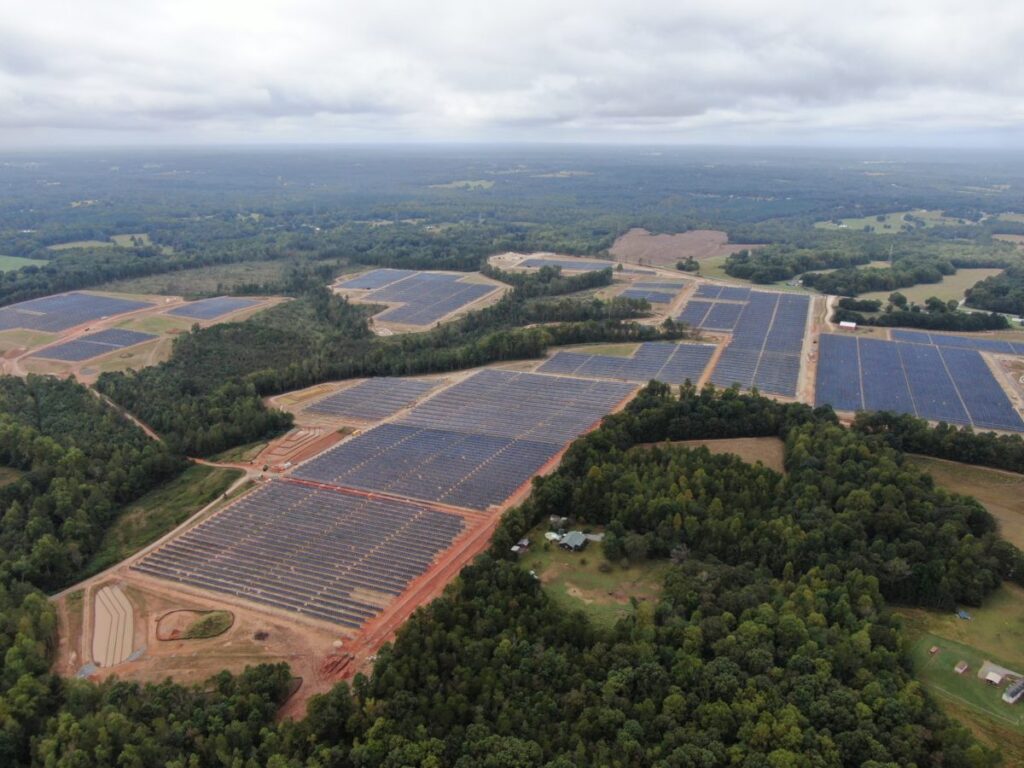Duke Energy to phase out coal use by 2035

Duke has retired 56 coal facilities since 2010, and over the next five years plans to invest in zero-carbon emissions sources including nuclear, renewables (wind and solar), hydro and battery storage.

Duke Energy has clean energy goals of reducing carbon 50% b 2030 and is aiming for net-zero carbon emissions by 2050. The company recently announced additional steps it is taking to help reduce carbon including decreasing use of coal to less than 5% of total generation by 2030 and to fully exit coal by 2035 as part of what it says is the largest planned coal fleet retirement in the industry.
Based in Charlotte, North Carolina, Duke Energy provides electric services to 7.2 million customers in the Carolinas, Florida, Indiana, Ohio and Kentucky, including retail natural gas service to over 500,000 customers in Ohio and Kentucky. In 2017, 33% of its porfolio was made up of coal/oil; 28% natural gas; 34% nuclear and only 5% hyro/wind/solar. The plan is for that balance to change by 2030 to 16% coal/oil; 42% natural gas; 32% nuclear; and 10% hydro/wind/solar.
According to its Sustainability Report, as of year-end 2020, Duke Energy owned, operated or had under contract almost 8,800MW of wind, solar and biomass. The plan is to own, operate or contract
16,000MW of wind, solar and biomass by 2025. And as stated in last week’s financial earnings report, 80% of Duke’s 5-year, $63 billion capital plan includes zero carbon generation, which includes investments in nuclear, renewables (wind and solar), hydro and battery storage.
A spokesperson for Duke Energy told pv magazine that combining both regulated and nonregulated renewables business, Duke has a total of 7,400 megawatts of solar that it owns, operate or purchase – in operation. This does not include solar projects under construction.
On the commercial renewables (non-regulated) side, projects that have recently reached operation or are currently under construction include:
- (Complete and in operation) 50-MW Broad River Solar and 22.6MW Speedway Solar
- (Under construction; expected to be complete by the end of 2022) 250MW Pisgah Ridge Solar
- (Under construction; expected to be complete by end of Q1 2022) 22.6MW Stony Knoll Solar
The company also is investing in electric grid upgrades and expanded battery storage, and exploring zero-emitting power generation technologies such as hydrogen and advanced nuclear. It also listed two new goals in its Sustainability Report 2020: Achieve net-zero methane emissions from its natural gas distribution business by 2030; Convert convert 100% of its light-duty vehicles to electric and 50% of its combined fleet of medium-duty, heavy-duty and offroad vehicles to EVs, plug-in hybrids or other zero-carbon alternatives by 2030.
“As one of America’s largest electric and gas utilities, we and many of our stakeholders share the view that we can take a leadership role in tackling the greenhouse gas emissions associated with our business and value chain,” said Duke Energy Chief Sustainability Officer Katherine Neebe. “Policy changes and technological innovation are expected to play a key role in meeting these enhanced goals.”
From the perspective of the Sierra Club, Duke’s move away from coal is too little, too late. “While we applaud Duke making a commitment to end their use of coal, 2025 is still too late, and what they replace it with matters,” said Dave Rogers, Southeast deputy regional campaign director for the Sierra Club’s Beyond Coal campaign. Rogers added that, “If Duke wants to protect the communities they serve, they need to get rid of coal by 2030, and replace those plants with clean, renewable energy, not fracked gas plants that will only continue to make the climate crisis worse.”
From: https://pv-magazine-usa.com/2022/02/15/duke-energy-to-phase-out-coal-use-by-2035/

